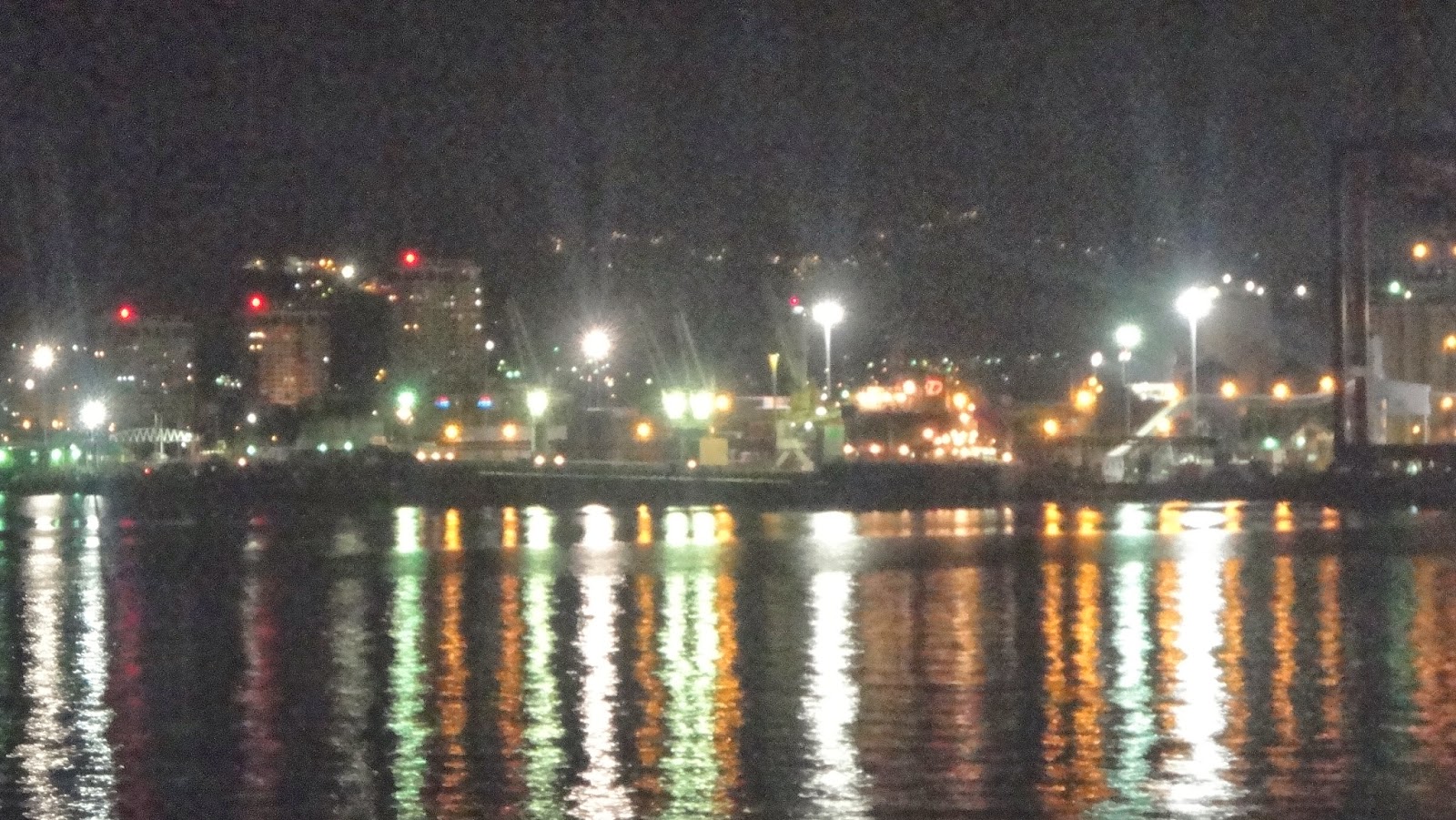Preserving Our Capital City
By Decentralization
The
word, “City” conjures pictures of tall buildings, bright lights, crowds and traffic
jams. For many of us the thought of going to the city means an encounter with
noisy streets and a hub of activities. Others may think about work, lengthy
traveling or business transactions. Despite the varying images of a city, we
all know it is an important place that controls the affairs of any country. A
visit to the city of Port of Spain can be fascinating to the very young seeing
large government buildings, hotels, stores, the Queen’s Park Savannah, a
network of roads and ships to name a few. The older folk may be overwhelmed by
congestion, noise, delays conducting business and lots of pollution.
Hyatt Regency
Hotel in Port of Spain
The
origin of cities began centuries ago as power centers of any society
influencing cultural and economic developments (United Nations 2014). Through
the process of urbanization and human development, cities have experienced
rapid growth and expansion. The urban industrial age took over giving rise to
governmental structures, commercial and financial organization and high-rise
buildings (United Nations 2014). In the archives of Port of Spain, history
tells of a colonial port-town, an administrative core housing many official
buildings and a locomotive tramway system (Morrison 2008). Port of Spain grew
in size and became very important as its population rose to 100,000 of people
(Voice of Trinidad and Tobago 2013). Today the capital city is the permanent
residents for most commercial headquarters, administrative buildings,
governmental organization and head offices. It is common that any major
business a citizen needs to conduct in Trinidad requires a visit to Port of
Spain. Throughout the year’s large numbers of people fled from the countryside
to settle in the city for “town life”. There are “round-d- clock” jobs,
entertainment, fast foods, educational institutes, efficient transport and
quick access to government offices and modern facilities.
Treasury
in Port of Spain
However,
the other side to urbanization is an overcrowded, exploited city. Cities
have become more unsanitary, cramped and heavily polluted. In Port of Spain
signs of pollution are prevalent throughout the streets, in water courses and
in the atmosphere. Land, water and air pollution continue to plague the city
with improper waste disposal, vagrancy, dumping of garbage in waterways and
emissions from factories. The time has come to clean up the city! We all need
to assist in pollution reduction. Why do we always have to visit Port of Spain
to carry out some official business? Decentralization can help to save
our environment.
Hall
of Justice in Port of Spain
Geographical
decentralization looks at environmental problems associated with a particular
location and proposed solutions based on several geographic levels (FAO 1993).
When decentralization is viewed from an environmental perspective, person can
gain a wider understanding and information about the environment as well as the
social and economic issues related to a specific location. As such people can
then recognize the need to protect the environment. “Urban decentralization,
contrary to the accepted thinking, can potentially decrease commuting
distances, especially where employment decentralizes to suburban locations”
(Breheny 1995: 311). The relocation of main administrative offices and
headquarters to various locations in the country can greatly reduce vehicular
traffic, noise and human pollution that is concentrated in the city
particularly as result of daily commuters. The movement of major financial and
commercial organizations can lessen the over consumption of the capital’s
energy and resources. Moreover, decentralization can stimulate the “New
Urbanism” or “Suburban towns”. According to (Lara 2011), New Urbanism has grown
exponentially over the past years which have resulted in gated communities and
small cites. The small cities and towns are equipped with essential services
needed by the community decreasing the need to visit the city.
We
cannot make a pollution free city but decentralization is an excellent way to
preserve our town. Try it you might like it!
For more information further reading can be done:
- Government discuss plans for decentralization in our country:
Lara, Luiz. 2011. “New (Sub) Urbanism and Old Inequalities in Brazilian Gated Communities”. Journal of Urban Design 16(3): 369-380
Breheny,M. (1995) “The compact city transport and energy consumption” Transactions of the Institute of British Geographers (NS) 20(1):81-101
United Nations. 2014. “Cities of Today, Cites of Tomorrow”. Accessed April 7, 2014. https://www.un.org/cyberschoolbus/habitat/units/un01txt.asp
Morrison, Allen. 2008. “The Trams and Trolleybuses of Trinidad and Tobago”. Accessed April 7, 2014. http://www.tramz.com/tt/tt.html
Voice of Trinidad and Tobago. 2013. “History”. Accessed April 8, 2014. http://voicesoftrinidadandtobago.com/port-spain/history
FAO Corporate Document Repository. 1993. “Decentralization and Environmental Issues”. Accessed April 8, 2014. http://www.fao.org/docrep/005/y4256e/y4256e05.htm





No comments:
Post a Comment